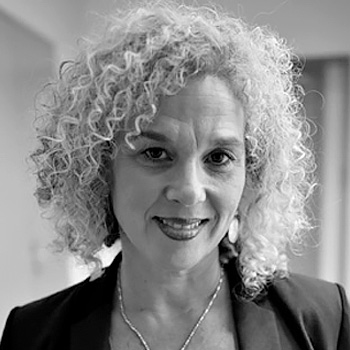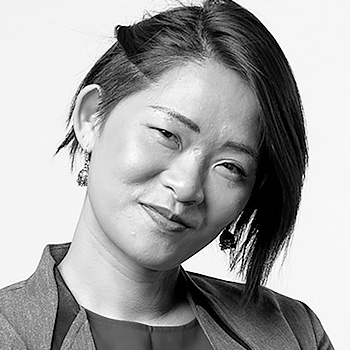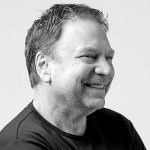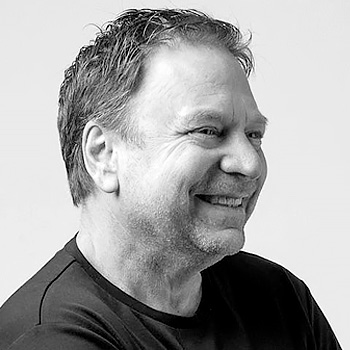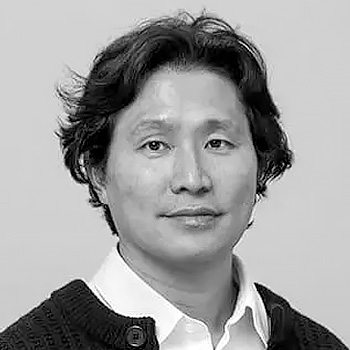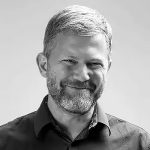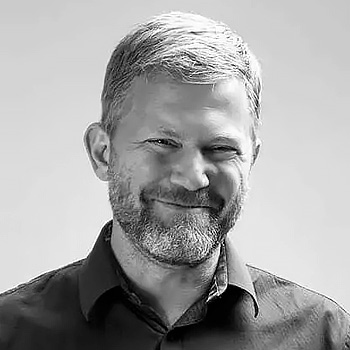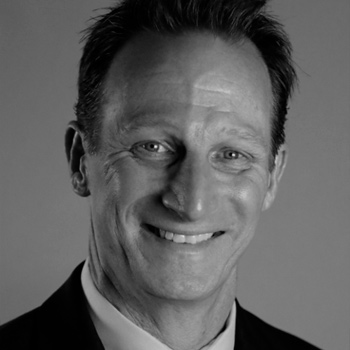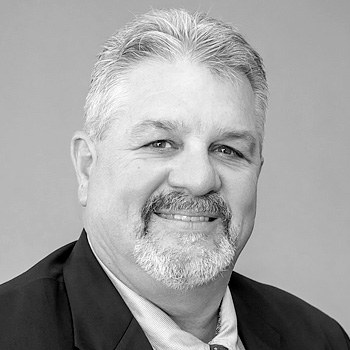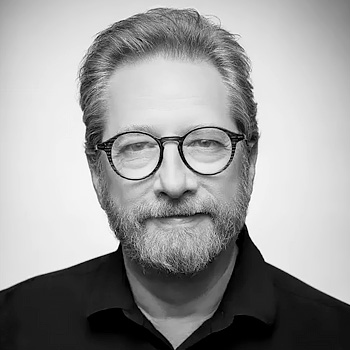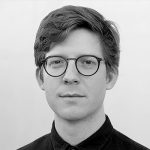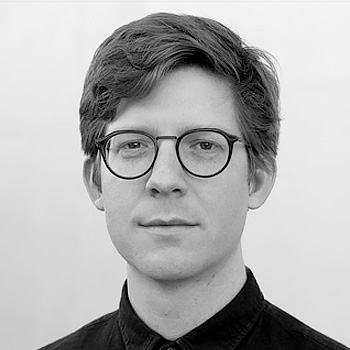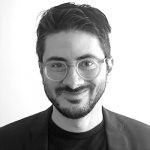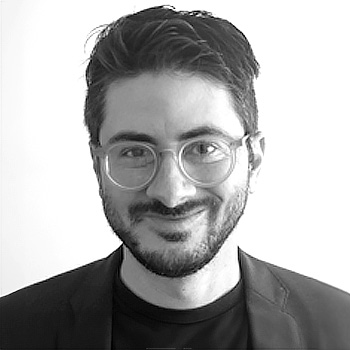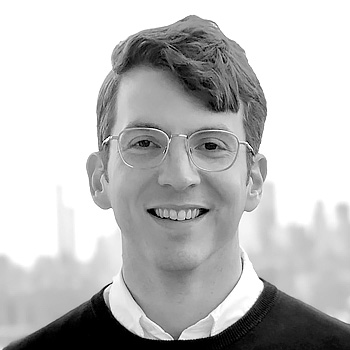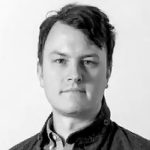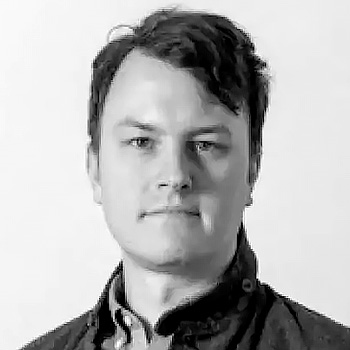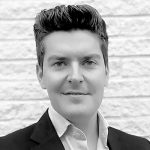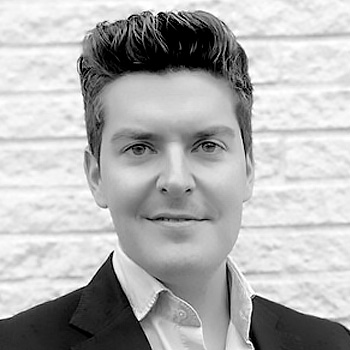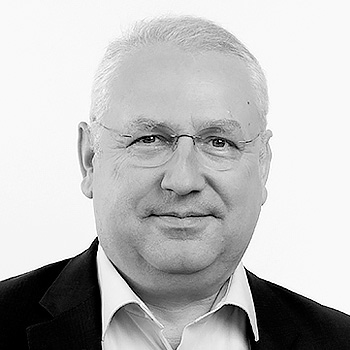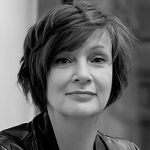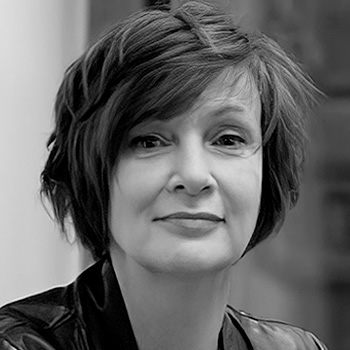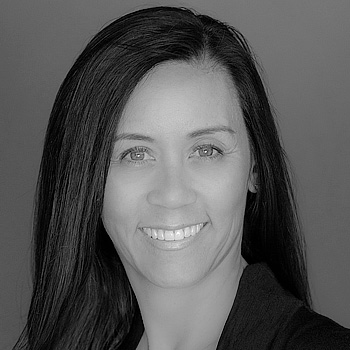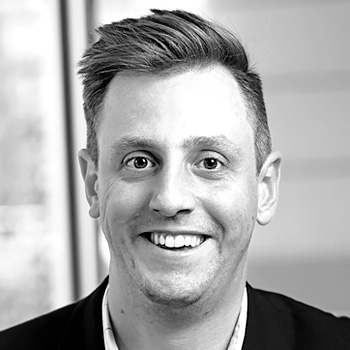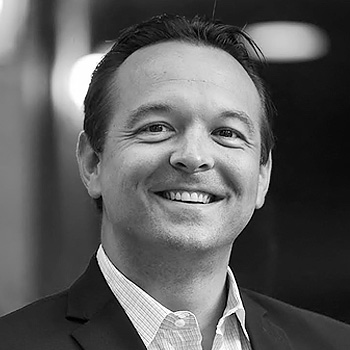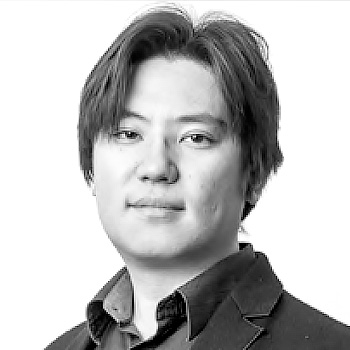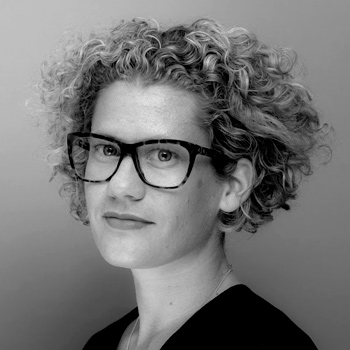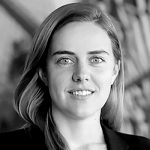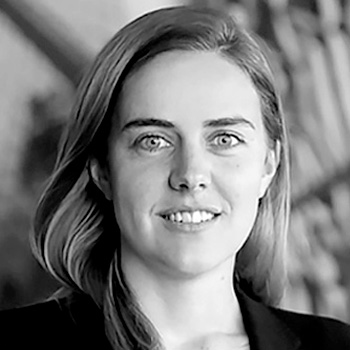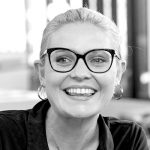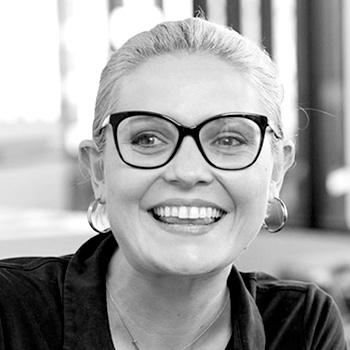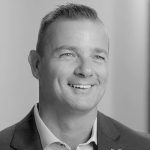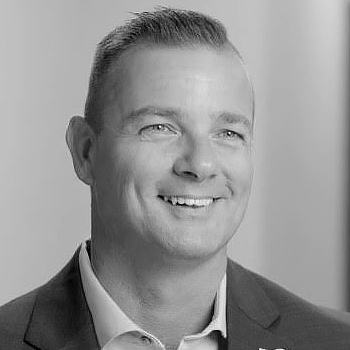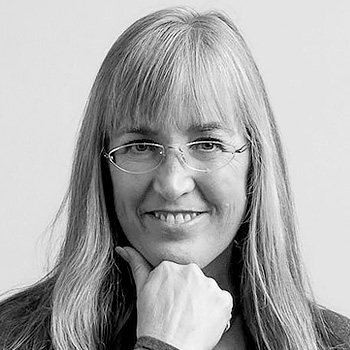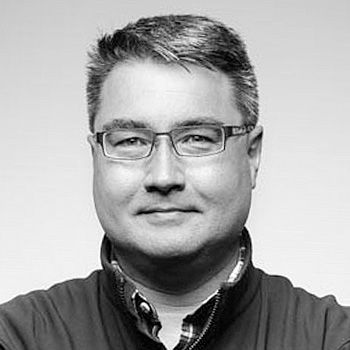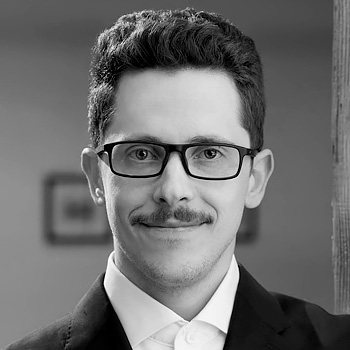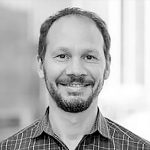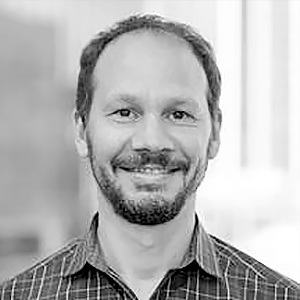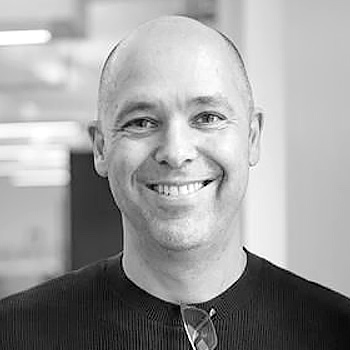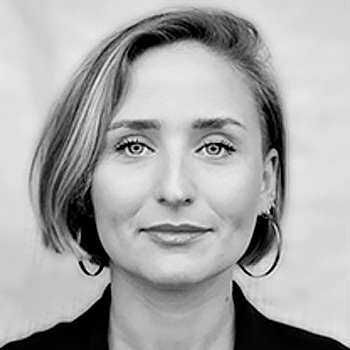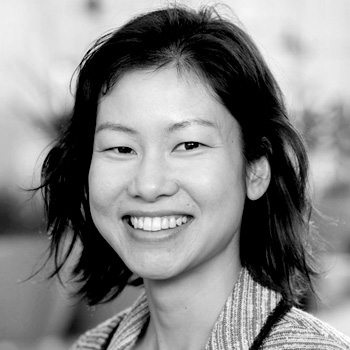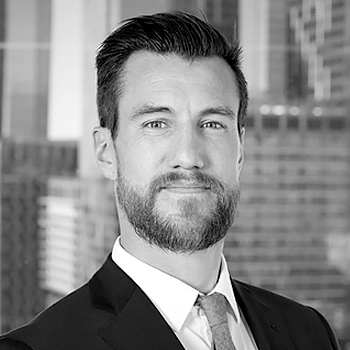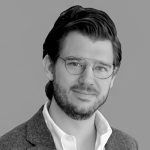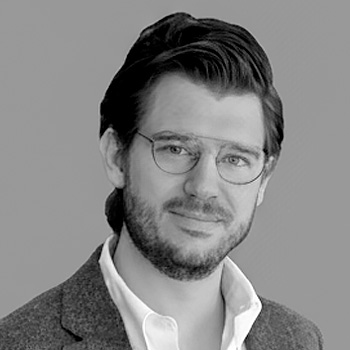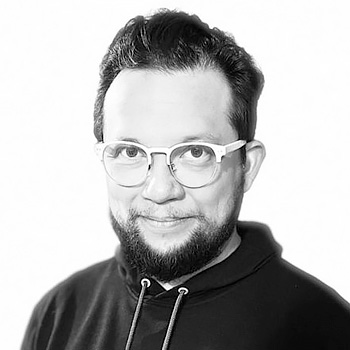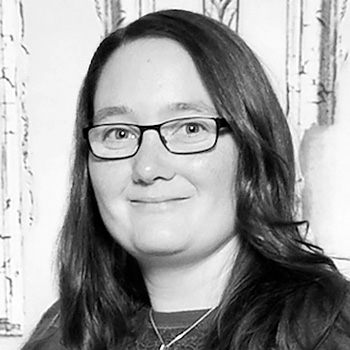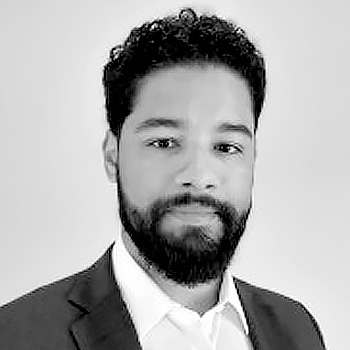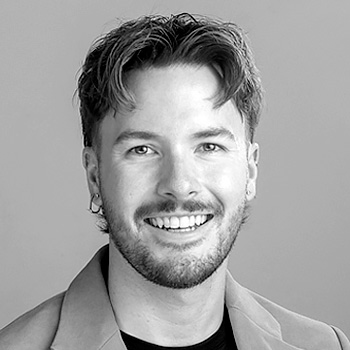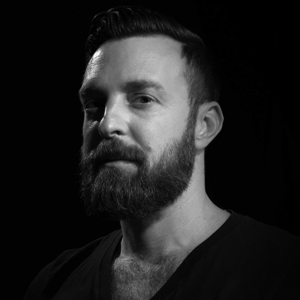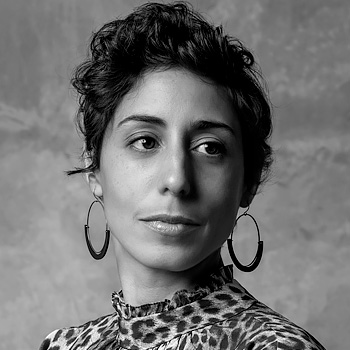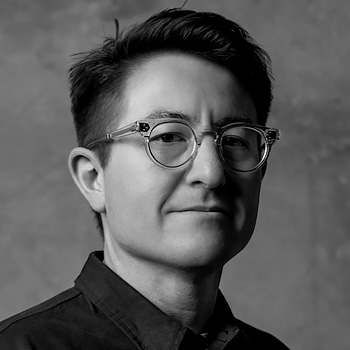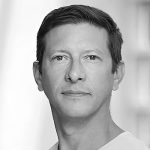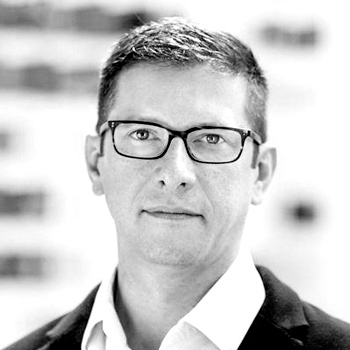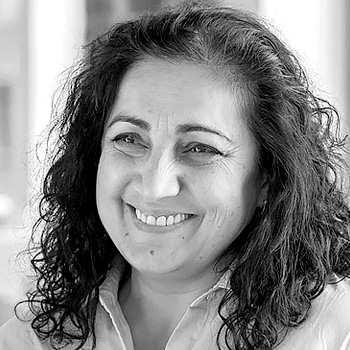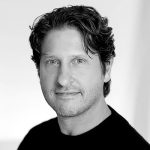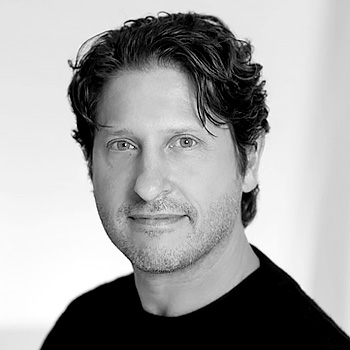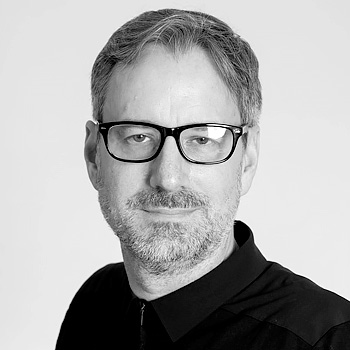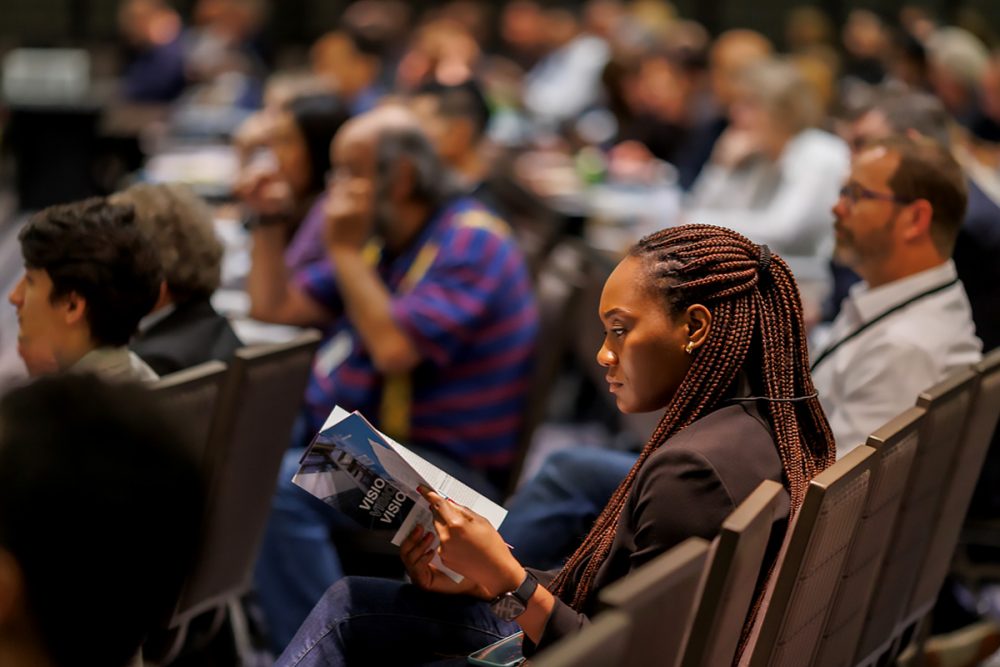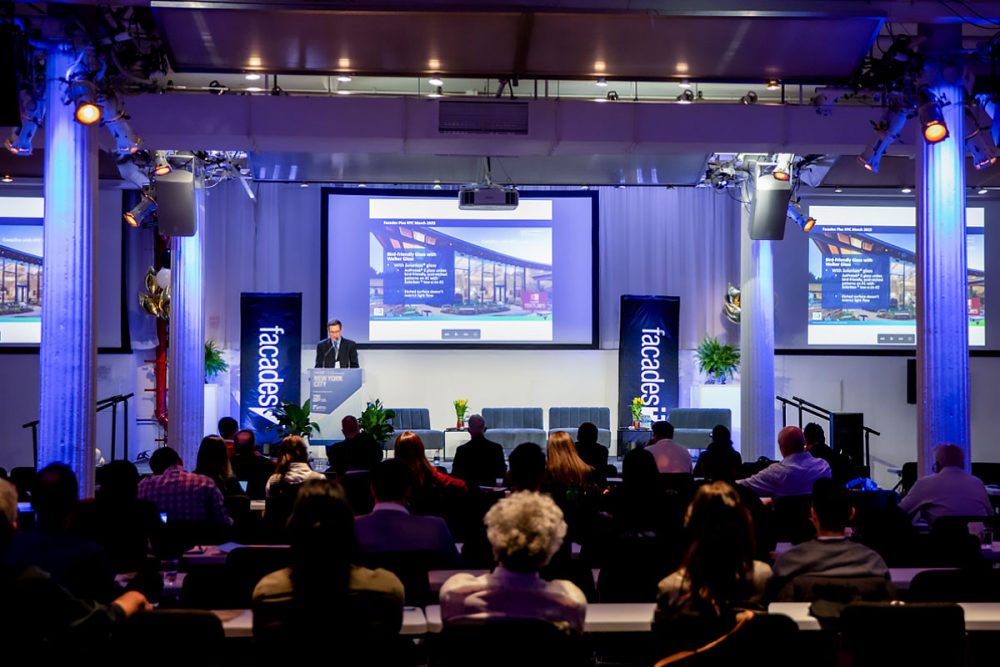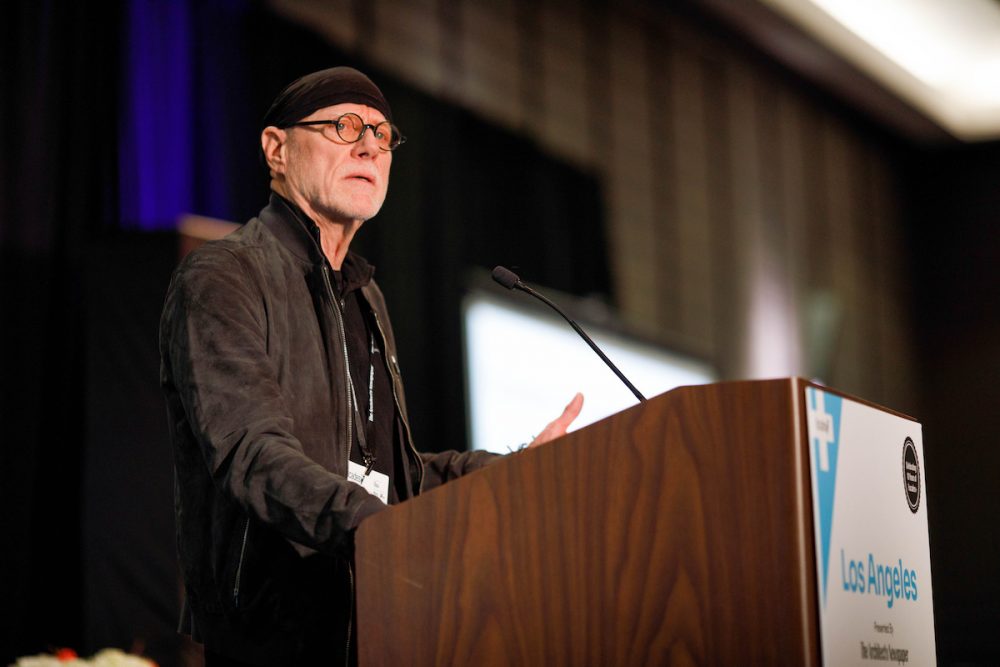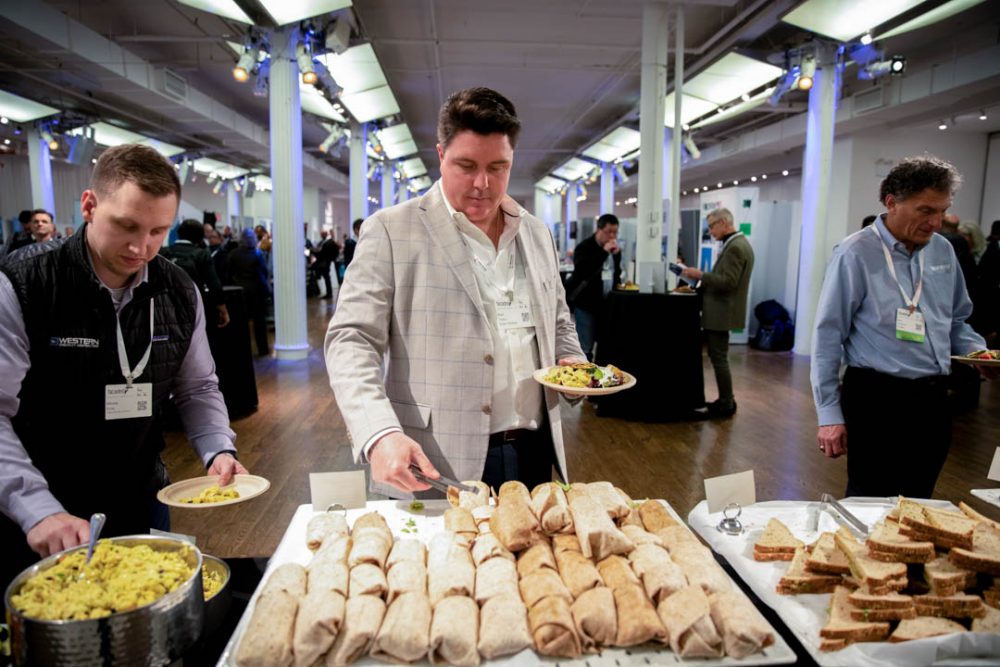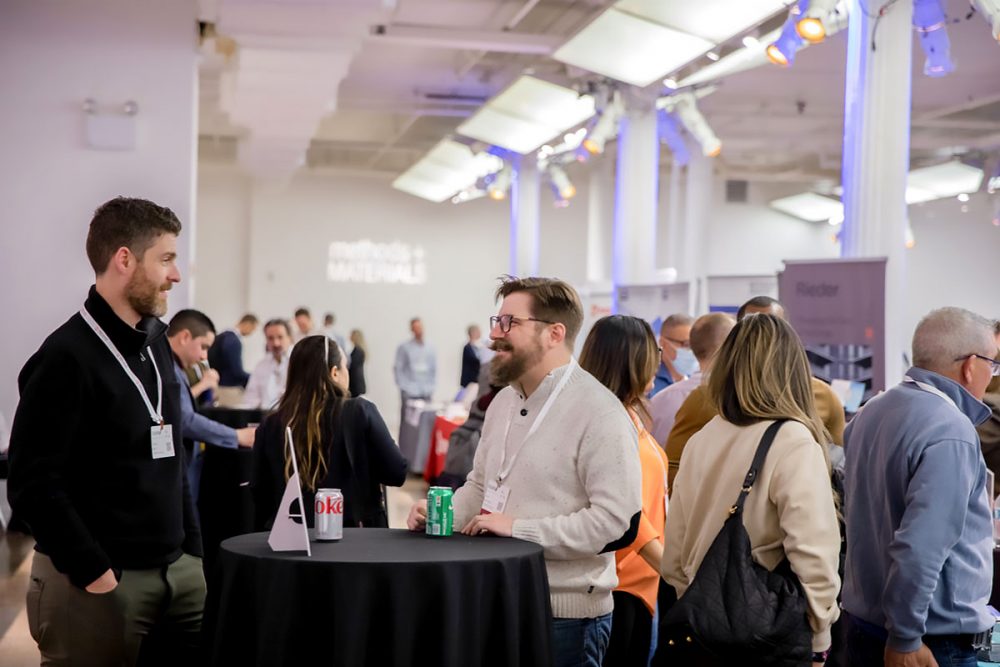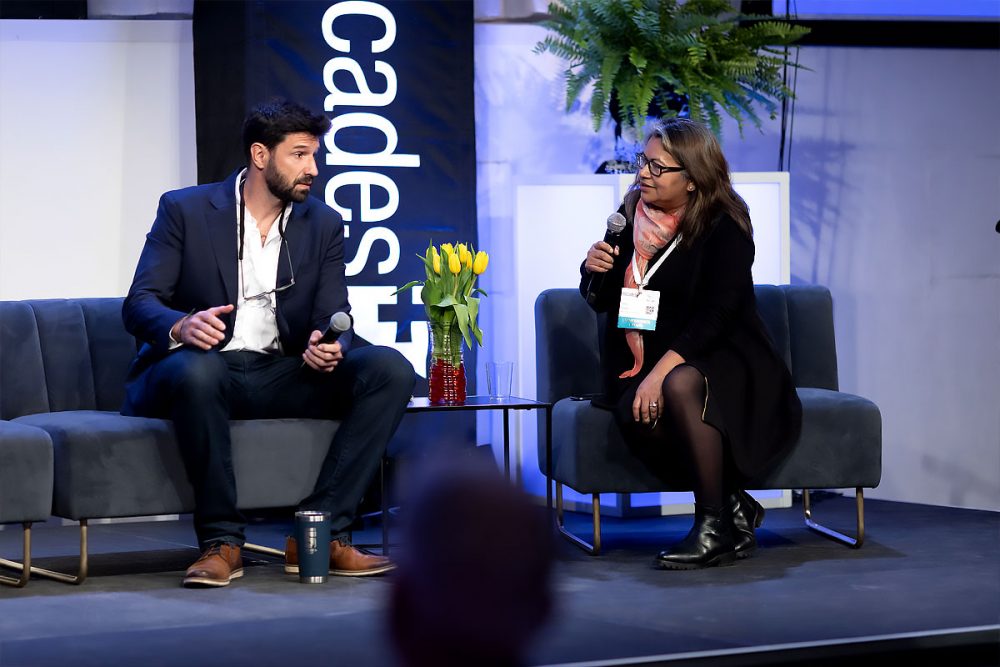Agenda
Symposium
Times in PST
8:00 AM – 9:30 AM
9:30 AM – 9:40 AM
9:45 AM – 10:30 AM
This session explores how glass and wood can transcend their traditional roles to create environments of warmth, transparency, and healing. Through the Hana Bank Headquarters in Seoul and the Montage Health Ohana Campus in Monterey, we will examine how materiality shapes human experience—whether uniting a corporate community through daylight and nature, or fostering resilience and connection in a pediatric behavioral health setting. Both projects demonstrate how design can dissolve the barriers between people, place, and well-being, offering new possibilities for restorative and inclusive architecture.
Moderated by: Vivian Ngo
10:30 AM – 11:00 AM
In this panel, attendees will explore cutting-edge building envelope products and services that are revolutionizing the AEC industry. These innovations enhance energy efficiency, durability, and sustainability while pushing the boundaries of design and performance. Experts will discuss how advancements in materials, fabrication techniques, and digital tools are enabling architects, engineers, and contractors to work smarter, build better, and achieve their design visions with greater precision. These panelists will share their manufacturing expertise on technologies that contribute to meeting evolving building codes, improving occupant comfort, and reducing environmental impact, ultimately shaping the future of high-performance building envelopes.
Moderated by: XiaoXiao Bao
11:00 AM – 11:30 AM
11:30 AM – 12:00 PM
Richard Kennedy Architects is known for a thoughtful, technically graceful, site-responsive approach that balances modernity with regional, climate responsive identity. For Jim Richard, architecture is about creating spaces that enhance human experience while context and climate of a place. This often translates into thoughtful material choices that reflect the regional vernacular in harmony with the landscape. Jim will be presenting his thoughts on facade design highlighting the under construction Palm Springs Library along with other of his firms work.
Moderated by: Jack Murphy
12:00 PM – 12:30 PM
Amir Mikhael (BIG) and Alex Rosenthal (Heintges) will be sharing the recently-completed Robert Day Sciences Center stands as the inaugural landmark in a BIG-designed masterplan for the Claremont McKenna College campus. The four-story, 135,000 square foot integrated sciences center is composed of a series of stacked and rotated truss volumes, resulting in a dynamic sequence of laboratories, terraces, classrooms, communal, and circulatory spaces. The board-formed GFRC clad unitized curtain wall panels featured on the exterior were designed to both celebrate its integral supporting structures as well as blur boundaries with the Douglas-fir clad truss members inside. This knowledge sharing presentation will highlight the technical challenges in its realization as well as to celebrate a successful collaboration amongst a largely Southern California based ownership, design, and contracting team.
Moderated by: Michael Young
12:30 PM – 12:45 PM
12:45 PM – 1:45 PM
1:45 PM – 2:00 PM
2:00 PM – 3:00 PM
Archi-Tectonics explores architecture in the Anthropocene through the facade as an adaptive, ecological system. Inspired by plant intelligence—organisms that act as hyper-accumulators —facades are envisioned as living membranes that breathe and filter the air, mediating between building and city. No longer inert skins, they become responsive agents, composed of layers, fragments, and cellular structures that engage with light, air, and atmosphere. Like biology’s “Hopeful Monsters,” these facades embrace transformation, resilience, and beauty under pressure. This approach challenges architects to move beyond sustainability toward facades that learn, heal, and actively participate in their ecosystems—reshaping architecture’s role in climate-conscious design.
Moderated by: Jack Murphy
3:00 PM – 3:45 PM
In this session, attendees will learn about the advanced building envelope technologies transforming the AEC industry. These advancements allow designers, engineers, and contractors to embrace renewable energy and sustainable building solutions.
Moderated by: Yake Wang
3:45 PM – 4:15 PM
4:15 PM – 5:10 PM
Join engineering, construction, owners, and material leaders as they discuss the international movement toward circularity in construction and design for the deconstruction and reuse of building materials through pilot projects of multiple scales. This wide ranging discussion will discuss the successes and challenges facing the AEC industries movement toward a more sustainable supply chain.
Moderated by: Margaret Montgomery
5:10 PM – 5:15 PM
5:15 PM – 7:15 PM
Workshops
Times in PST
Workshop participants will engage with leading design professionals in an intimate, classroom-style setting. Choose from three thematic tracks — High-Performance Facades, Technologies & Techniques, and Creative Collaborations — and dive deep into working methods, case studies, and materials to help expand your knowledge and practice. A light breakfast, lunch, and refreshments will be provided throughout the day.
9:30 AM – 10:00 AM
TRACK A
High-Performance Facades: Durability, Energy, and Efficiency
Track A addresses the growing expectations for high-performance building enclosures—balancing durability, energy efficiency, daylighting, and thermal comfort while advancing goals for fire safety, indoor air quality, and reduced carbon footprint. This track will feature discussions on material innovation, research, and best practices for high-performance facade design.
10:00 AM – 12:00 PM
-
-
In this workshop, participants will review the glass selection process, focusing on how to define project goals, set performance targets, and select insulated glass unit configurations, participants will learn how to evaluate thermal, solar, acoustic, and structural performance, and how to address visual and color consistency, safety, and durability through specification and mock-up reviews.
-
Attendees will develop a checklist that incorporates lessons learned from real-world projects, this checklist will cover key risks such as edge seal integrity, compatibility of materials, visual mock-up procedures, and production quality controls, the checklist is designed to be integrated into project specifications and QA plans to help ensure long-term performance and minimize failures.
-
-
Following the presentation, the workshop will shift to the “hands on phase” where attendees will cycle through a series of stations setup with the latest glazing and IGU testing and forensic equipment. Attendees will learn to use the equipment to check and diagnose common glass and glazing failures, and to check if the glass meets expected performance attributes.
12:30 PM – 2:30 PM
Triple-pane insulated glass units (IGUs) with two low-emissivity (low-E) coatings have become increasingly popular in cold climates for their superior thermal performance. While multiple low-E coatings effectively reduce heat transfer through the glazed area, they also heighten the IGU’s reflectance, which—when combined with thermal loading—can result in visible optical distortions.
In this workshop, we demonstrate a practical method for predicting and evaluating distorted reflections in triple-pane IGUs based on climatic conditions. Participants will learn how to establish cavity temperatures using two-dimensional heat-transfer modeling, determine the deflected shape of each glazing layer through finite element analysis, and apply ray tracing to visualize how reflections appear in a curtain wall composed of deformed units. The distorted images are then compared to ideal reflections using feature-based similarity (FSIM) and other image quality metrics.
Finally, attendees will review how these quantitative results align with visual assessments from 40 building professionals, helping to establish a threshold for what constitutes acceptable glazing deformation in real-world facade applications.
2:45 PM – 4:45 PM
In this workshop, participants will explore how architecture responds to climate by reimagining iconic buildings in new environmental contexts.
Led by Rodrigo Borghino and Ricardo Díaz, “Moved by Climate: Bioclimatic Thinking for Adaptive Facade Design”invites architects, consultants, and engineers to analyze how changing a building’s location transforms its performance needs.
Through guided bioclimatic analysis, attendees will assess climate data, interpret thermal and solar variables, and redefine facade components to meet new contextual demands. By relocating buildings from New York, Los Angeles, and Monterrey, the exercise reveals how design intelligence adapts when architecture moves — and how a truly bioclimatic mindset drives technical specification, comfort, and sustainability.
Note: Please bring your laptop/ iPad for the interactive portions of this session.
TRACK B
Technologies & Techniques: From Thoughtful Detailing to Computational Modeling
Track B offers a deep dive into the techniques, technologies, and best practices that accelerate and enhance facade design—from fundamental principles and thoughtful detailing to computational modeling that supports performance-driven outcomes.
10:00 AM – 12:00 PM
Building codes and standards have long recognized wind tunnel testing as the most accurate way to determine wind loads and pressures on structures. Typically performed at small scales (1:200–1:400), these tests effectively capture overall design pressures for the building envelope but can miss localized effects on individual façade elements. Larger-scale or full-scale mock-ups can help bridge this gap.
In this workshop, CPP will share case studies from recent projects where multi-scale wind testing provided critical data to refine facade design. Examples include porous façades, where standard testing may overlook pressure equalization across perforated screens, and horizontal projections or assemblies where code guidance is limited. Testing components at scales of 1:5 to 1:15 yielded insights into pressure distribution, performance, and design optimization.
Participants will learn how targeted testing can reduce uncertainty, prevent over- or under-conservative designs, and generate savings in material, cost, and embodied carbon. The discussion will also explore how wind tunnel data can inform broader performance factors—from snow and ice loading to outdoor comfort and aeroacoustics—showing how integrated wind studies support safer, more efficient, and resilient buildings.
12:30 PM – 2:30 PM
This workshop will explore the key elements of facade design with emphasizing the importance of accommodating service and ultimate movements in seismically active areas. Participants will gain an understanding of the rationale behind movement accommodation strategies, essential to designing resilient facade systems.
The presenters will guide attendees through performance requirements, the selection of suitable support strategies, and the coordination necessary for integrating facade systems effectively. Additionally, we will cover the processes of defining specifications, setting tolerances, and determining testing procedures that meet seismic resilience standards.
Through collaborative discussions and hands-on exercises, participants will identify tailored solutions for specific seismic challenges, gaining practical skills to apply in project-specific challenges.
Key Takeaways:
- Understanding the Impact of Seismic Movements on Building Envelopes
- Selecting Support Strategies for Seismic Resilience
- Movement Accommodation Across Different Facade Systems
- Testing and Proofing Facade Systems Against Seismic Requirements
- Integrating Movement Accommodation into Facade Design
2:45 PM – 4:45 PM
In this workshop, we explore a solar-responsive kinetic facade designed for hot climates (ASHRAE Zones 1–3, 4B, 5B), where adaptive strategies are essential. The system integrates photovoltaic (PV) panels into shading elements that dynamically reorient to reduce energy curtailment, limit peak heat gain, lower cooling loads, and improve daylight quality. Through discussion and demonstration, participants will examine how PV-integrated modular assemblies, embedded controls, and performance monitoring can advance adaptive façade design and address current gaps in building-integrated photovoltaics (BIPV).
TRACK C
Creative Collaborations: Experimental Facades, Materials, and Approaches
Track C offers a range of workshops in facade design methodology and material selection, enriched by real-world case studies drawn from both new construction and adaptive reuse projects.
10:00 AM -12:00 PM
Current Interests is a small Los Angeles–based architecture office dedicated to material craft. Over the past five years, the studio has collaborated with manufacturers to realize façades in extruded terracotta, aggregate fiber concrete panels, and three-dimensional cast porcelain. In each case, in-house mock-ups played a central role in developing both technical and aesthetic understanding, enabling close collaboration with specialized fabricators and contractors.
This workshop will present three case study projects—each with a small footprint but big ambition—that trace the process of scaling handcraft to architectural scale. Participants will explore themes of tactility, physical composition, slowness, material tolerance, and the persistence and resourcefulness necessary to bring an uncharted idea into being.
12:30 PM – 2:30 PM
Join us for a hands-on workshop centered on the Kaiser Permanente Watts Medical Offices and Counseling and Learning Center—a project that expands equitable access to healthcare while celebrating the rich culture of Los Angeles’ Watts neighborhood. The session will share how Perkins&Will developed a vibrant mosaic mural as part of their multi-material facade strategy.
Wrapping the CLC preschool, the tile mural honors a local farmers’ market that once occupied the site. The original artwork was translated to facade scale while maintaining accurate tile dimensions through Rhino 3D and a custom Grasshopper script. The workshop will begin with an introduction to the project, followed by a detailed walkthrough of the mural’s design process and the computational tools used to create it. Participants will have the opportunity to follow along using provided exercise files—exploring how community identity and design empathy converge in this colorful, community-oriented project.
2:45 PM – 4:45 PM
TM Light will share their collaborative process behind a number of the Lighting Design firm’s projects such as Cartier Flagship in Miami’s Design District with Diller Scofidio and Renfro; ArtPark and Thaden School with Marlon Blackwell; the Texas State Capitol legislative chambers; and Prada’s temporary flagship façade with 2×4. The session explores how the team conceives the illumination of facades in a manner that transforms throughout the day and night—shifting in material expression and luminosity over time. Participants will gain insight into how optical materials, custom frits, and lighting design are choreographed to create dynamic facades through close collaboration between architect and lighting designer.
Save Your Seat Today!
Join us at Facades+ LA for peer-learning and networking opportunities to keep you at the forefront of your design practice.
EARN 6 AIA HSW CREDITS

